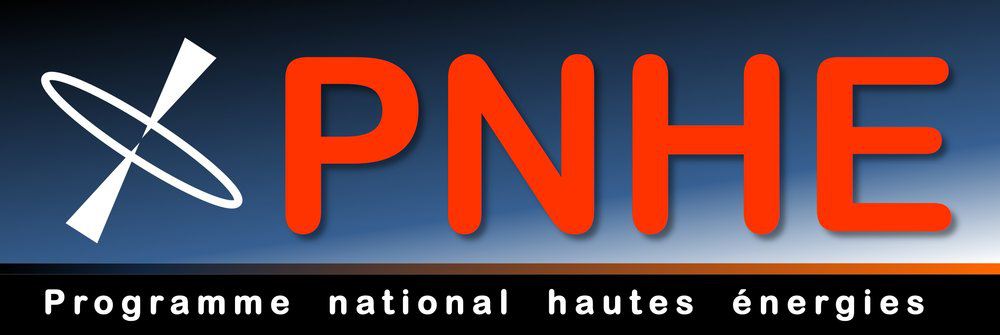Orateur
Description
With the advent of the European Gaia astrometry mission and the constantly improving geodetic VLBI program who now provide both optical and radio reference frames with precisions better than 0.1 mas, challenging questions arise about the location of the optical centroid with respect to the radio one in extragalactic radio sources. We propose a study aiming at identifying which mechanisms are behind the optical emission: is it from a jet feature – also observable in radio – or a mix between the jet, the accretion disk, an extended halo or host galaxy? We use data from Gaia EDR3, the radio ICRF3, structure information from the MOJAVE program, and GeV fluxes from Fermi-LAT 3FGL catalog for a sample of about 350 common active galactic nuclei (AGN), dominated by blazars (BL Lac and FSRQs). We show that a majority (90%) of optical emissions can be associated with a radio feature downstream in the jet, either close the base (usually referred to as the “radio core”) or, in contrast, in ejected radio knots at parsec-scale distances. We investigate the general trends of such populations in terms of proper motion, polarization, and GeV emission. We discuss the case of a few sources for which no identification can be done between the optical centroid and a radio feature, as well as a population whose optical centroid is located upstream from the radio jet with a possibility that the optical position measured by Gaia results from both the radio core at the base of the radio jet and the accretion disk.

